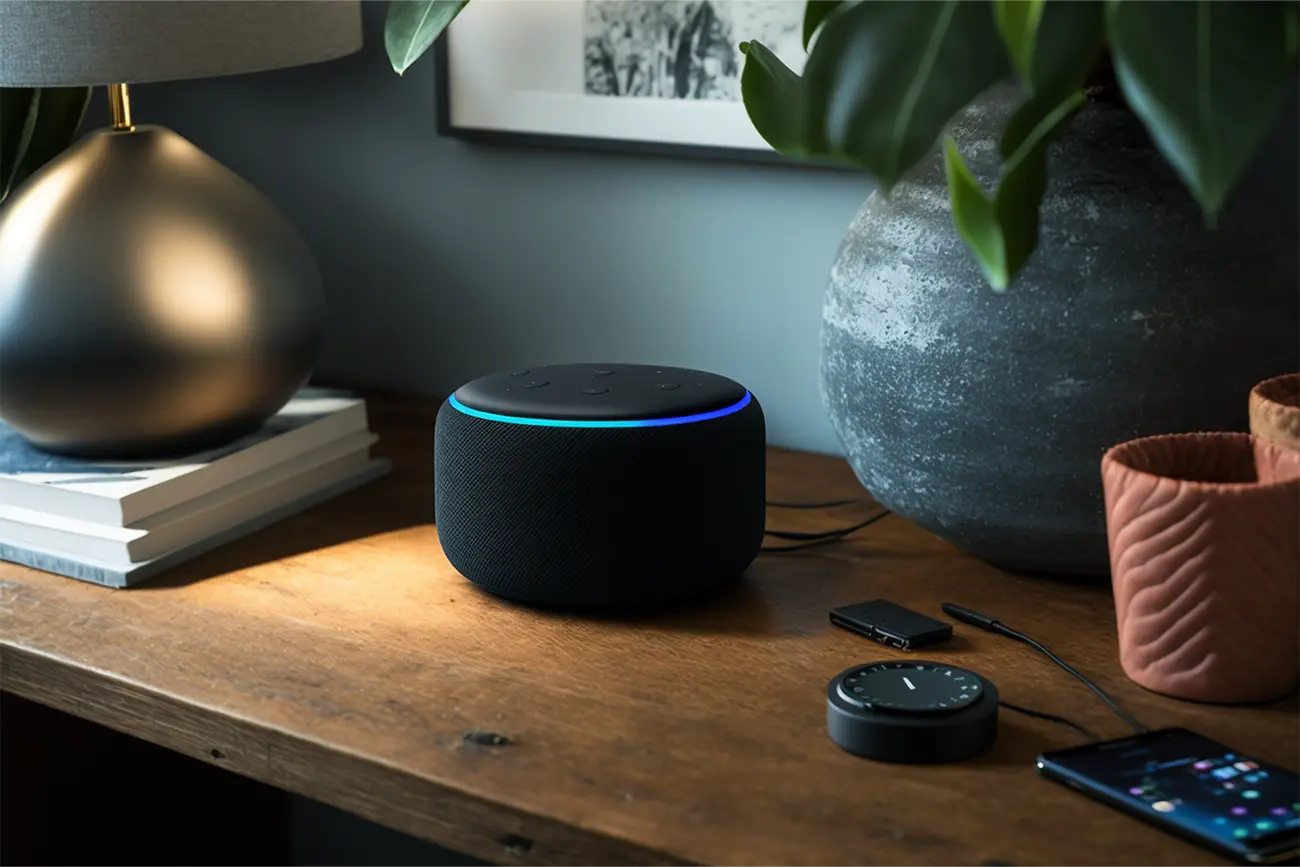In the dynamic world of technology, staying ahead of the curve is crucial.
A few years ago, the tech community buzzed with excitement over ChatGPT, an AI marvel that seemed to be setting new standards. But Google, a titan in the tech arena, wasn't about to be left behind.
Enter Bard: Google's ambitious AI project that began its journey in the shadows.
As ChatGPT basked in the limelight, whispers suggested that Google might have felt the heat, pushing them to not just release Bard, but to make it exceptional. With innovative features like Bard Extensions, the AI tool promises seamless integration with our favorite Google apps.
From Gmail to YouTube, Bard is redefining how we interact with technology, with promises of also being respectful of our privacy and being accessible to more people in more countries.
So, whether you're a tech enthusiast or just someone curious about the future of AI, settle in. It's time to dive into the world of Bard.
Bard Extensions: A Game-Changer
Imagine having a personal assistant that not only knows your schedule but also helps you draft emails, finds that elusive document you've been searching for✋🏼, or even suggests the quickest route to your next meeting. Sounds dreamy, right?
Well, with Bard Extensions, this isn't just a dream anymore. Google has taken the Bard experience up a notch by introducing these extensions, which act as bridges between Bard and a plethora of Google products we use daily.
What does this mean for the average user?
It means that Bard, with the power of Extensions, can now fetch relevant information from Gmail, Docs, Drive, Maps, and even YouTube.
Planning a weekend getaway? Bard can pull up hotel options, flight details, and even suggest activities based on your destination—all in one conversation. It's like having a super-smart friend in your pocket, always ready to assist.
But the magic of Bard Extensions doesn't stop at mere information retrieval. It's the seamless integration and the ability to pull data from multiple sources that is getting everyone excited. No more juggling between apps or drowning in browser tabs. With Bard, it's all streamlined, efficient, and, most importantly, user-friendly.
Example Use Case: Bard for YouTubers
The life of a YouTube content creator is multifaceted. From brainstorming ideas to analyzing viewer statistics, there's a lot that goes on behind the scenes.
With the introduction of Bard Extensions, Google offers a tool that can simplify some of these tasks for creators.
Imagine you're a content creator looking to understand what topics resonate with your audience. Bard, integrated with Google tools, can help fetch relevant data or statistics from Docs or Drive, offering insights into viewer preferences.
Planning a collaborative project with another creator? Bard can assist in coordinating schedules through Gmail or even provide location insights using Maps for potential shoot locations.
Moreover, for creators who often find themselves seeking inspiration, Bard's ability to suggest trending topics or provide insights based on integrated Google tools can be invaluable.
It's not about replacing the creative process but enhancing it, giving creators a bit more room to focus on what they do best: creating content.
Prioritizing User Privacy
In an age where data is often referred to as the "new gold," there's an increasing emphasis on the importance of privacy.
Users want to ensure that their information is not just used responsibly, but also safeguarded from potential misuse. Google, recognizing these concerns, has taken steps to ensure that Bard is not just a tool of convenience but also one of trust.
When Bard accesses content from Gmail, Docs, or Drive, it does so with a commitment to user privacy.
Google has made it clear that this content remains confidential. It's not viewed by human reviewers, nor is it used as fodder for targeted advertisements. Furthermore, Google has said that this data doesn't contribute to training the Bard model.
So while Bard may be the tool of the future, it will hopefully respect age-old values of user trust and confidentiality.
More Inclusive and More Diverse?
Language is more than just a means of communication; it's a reflection of culture, identity, and heritage. Recognizing the diverse tapestry of languages spoken around the world, Google has taken a significant step in making Bard universally accessible by adding support for over 40 languages.
This isn't just a technical achievement; it's a nod to inclusivity.
Whether you're a native Spanish speaker in Mexico City, a Hindi speaker in Mumbai, or a Swahili speaker in Nairobi, Bard is ready to assist in your native tongue.
This multilingual expansion ensures that more people, regardless of their linguistic background, can benefit from the capabilities Bard offers, hopefully bridging gaps and bringing users from all corners of the globe closer to the future of AI.
The Dawn of a New Era
As we stand at the crossroads of technological advancement, tools like Bard exemplify the potential of AI to enhance our daily lives.
From simplifying tasks for YouTube creators to ensuring user trust, Bard and other tools like it are a testament to the future we're building.
With its ever-expanding capabilities and a commitment to inclusivity, Google's Bard promises to not just keep pace with the AI revolution but set new benchmarks.
As we look ahead, the direction that Google has taken Bard in will hopefully encourage other A.I. developers to follow suit when it comes to privacy and diversity.
Helping to ensure that the future is not just automated, but also considerate, inclusive, and brimming with possibilities.






















